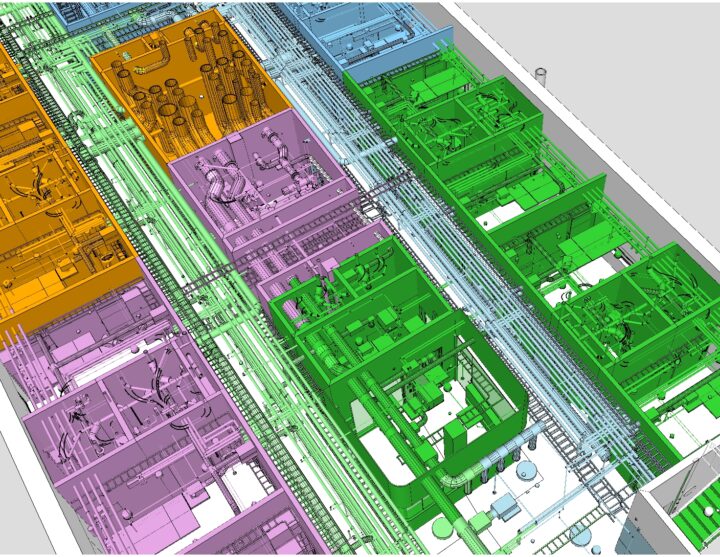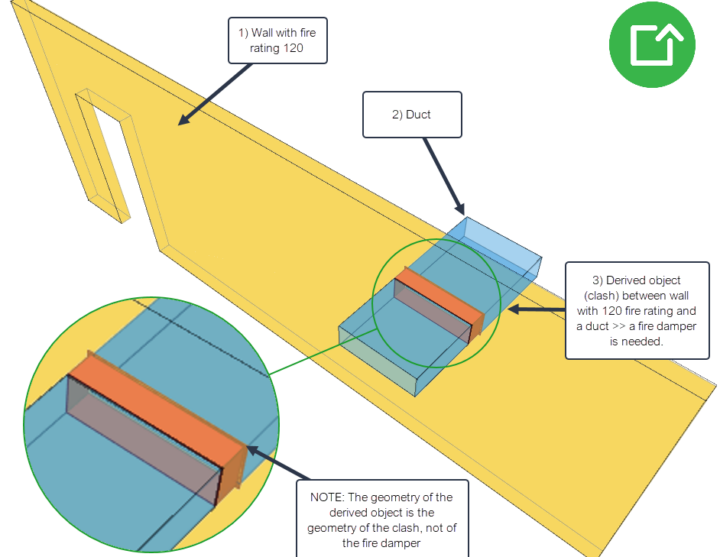Best possible IFC – Part2
30.03.2014
Why should we should strive towards the best possible IFC? There is fairly universal agreement that we must change our processes in order to get the full benefits of BIM. This is of course easier said than done. Even when we understand and agree on the definition of a best possible IFC, we still need the motivation to make it happen. Why should our architect want to deliver the best possible IFC to a quantity surveyor? In the end any information exchange is business, and all business requires a business motivation. Effort, risk and reward must be in balance.
A best possible IFC is valuable, which forms the basis for any business motivation. Delivering valuable information can be motivated by professional pride and it contributes to your good reputation, but this is not always enough. Luckily there is a way to construct a more robust business case.
- A best possible IFC is well defined. In a given context we know without ambiguity what information must be exchanged, the specific requirements for reliability and how it must be structured in IFC in order to be valuable.
- A best possible IFC can be agreed. Because it is well defined we can make clear agreements about delivering and using a best possible IFC. The sender can estimate the resources for delivering what was agreed and the receiver can plan her work based on the assumption that she will get IFC models that satisfy the agreed criteria.
- A best possible IFC is fair and predictable business. The subject of the agreement is delivering a best possible IFC and the only responsibility of the sender is to deliver what was promised. The reward is, in one way or another, based on the pre-agreed quality of the delivery and there are no hidden risks or nasty surprises.
This solution is not fixed to a certain contracting model. Alliancing and IPD provide a built-in motivation for delivering best possible IFC. In other models the reward may be built into the overall fee or even handled on an exchange-by-exchange basis. In all cases there is a clear agreement about a well-defined, valuable and predictable deliverable with fair terms for all involved.
In the next post I will write about how we can create a best possible IFC.


